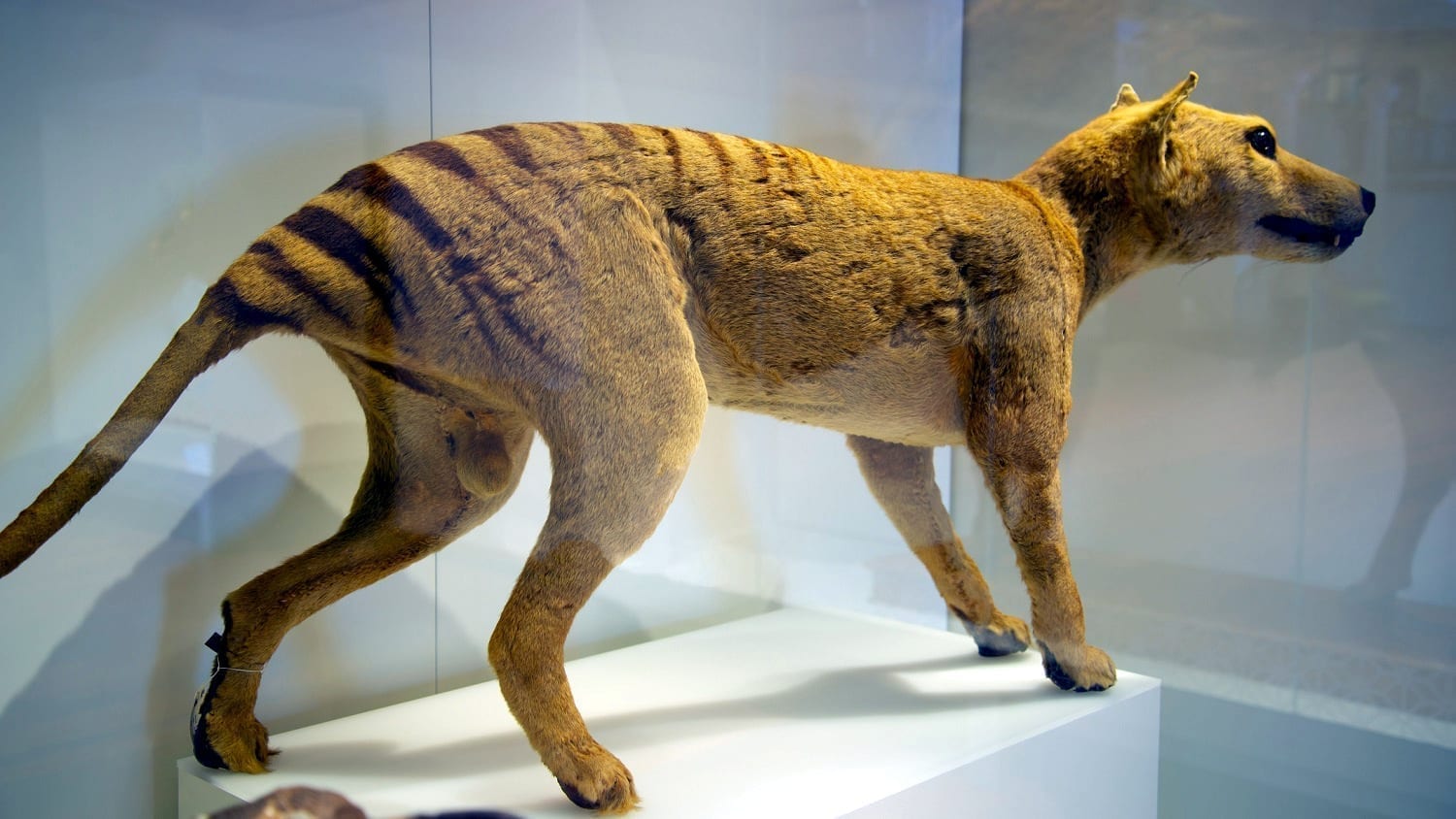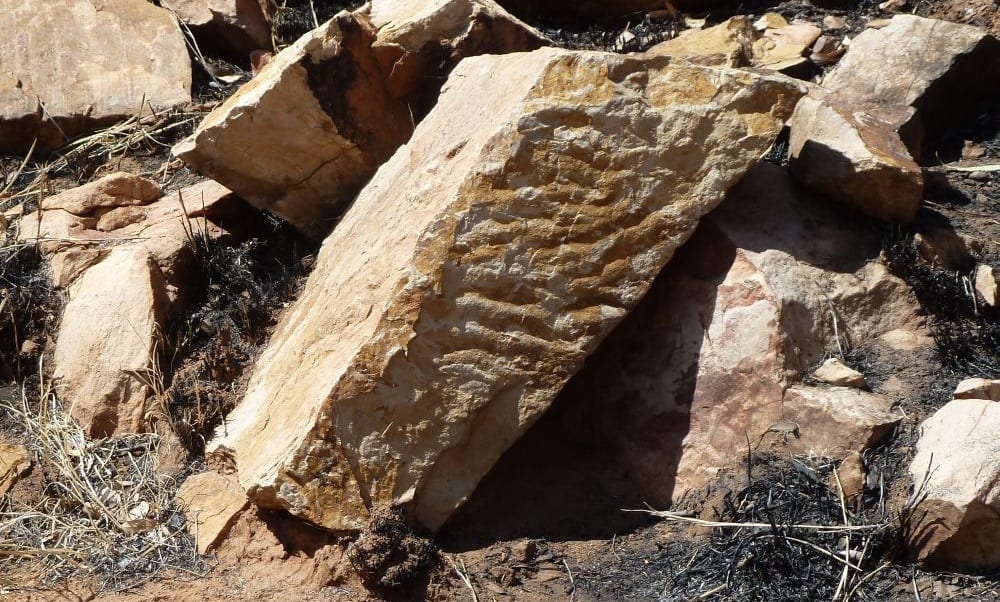[Originally published as Wolves and Thylacines]
An interesting paper has come out in Communications Biology and been reported on in a Phys.org article regarding the similarity between wolves and thylacines (better known as Tasmanian tigers).
In the new paper, the authors looked at skull similarities between wolves and thylacine pups. The pups were remarkably similar, despite being essentially unrelated evolutionarily. Let’s have a look at this article, then get into some of the implications for fossil phylogenetics.
The research these authors did was both ingenious and cool.
They acquired museums’ specimen skulls of wolves and thylacines at all stages of life. They then scanned these skulls with special imaging technology called micro-CT scanning.
Once they had scanned the skulls, they created three-dimensional digital images that were compared side by side. This allowed the researchers to compare the skulls side by side. In doing so, they discovered that both wolves and thylacines
“…develop along nearly parallel growth trajectories, despite lineage-specific constraints.”
In other words, the two organisms’ skulls developed basically the same way, in roughly the same length of time. In fact, the thylacine skull is much more similar to a wolf skull than it is to its marsupial counterparts! That is incredible, particularly given the supposed evolutionary distance between the two.
There are some implications for this study
that the paper and the pop-sci write-up either did not think about or simply ignored as inconvenient.
The first issue is that the skulls are not from related animals.
This is not a trivial problem. Imagine this scenario for a moment:
A thousand years in the future, when civilization is rebuilding from destroying itself with socialism, aspiring anthropologists and biologists discover the skulls of thylacines and wolves laying unlabeled in museums. Would they conclude the animals were related, or even the same species? I suspect they might.
In fact, I can almost guarantee that, without prior knowledge of the animals, the biologists would look at the skulls and, if that’s all they had, conclude the skulls were from the same animal.
While the scenario I proposed may sound far-fetched, it is actually somewhat akin to what paleontologists do. They dig up bones, that do not come with tags or ages attached. They then attempt to figure out what the bones belong to. Sometimes it’s easy. But sometimes, the bones are fragmented or disarticulated. In fact, disarticulation is the norm, not the exception. Often the bones come from unknown organisms.
Because scientists do not like to leave unanswered questions, each bone must be either given a new taxon or placed in an existing taxon. However, because the soft body parts do not fossilize well, classifications of extinct organisms rely on bones (and teeth) alone most of the time.
Wider Applications
The research into the thylacine and wolf skull similarities demonstrates that sometimes organisms that are not related have very similar skeletal features. That makes judging relationships by one or two skeletal traits fraught with uncertainty. This is not to say that fully or mostly articulated skeletons should not be placed in relationships based on their skeletons. I’m not arguing for abandoning skeletal features as a metric of classification. Instead, I want to argue against using one or two bones or features to define relationships among fossil organisms.
You might think this does not happen often, but unfortunately, it is all too common. Rugops is based on a skull, though the skull is articulated. Another dinosaur species is based on a single tooth. Others are based on a few bones or fragments of bone.
The point is, constructing relationships and even whole taxa out of very little skeletal evidence, if any, happens, probably more frequently than paleontologists would like to admit. Since phylogenetic (and baraminological) studies on fossils are based on these bones, it is important to carefully examine each dataset to see how accurate and free from questionable taxa it is prior to using it.
The study on wolves and thylacines is cool, but it is the implications of the study that are most important. It puts a dent in the phylogenetic interpretations of relationships based on similarity. It also exposes the possibility that extinct organisms may not be correctly classified since all that is available is skeletal features.







